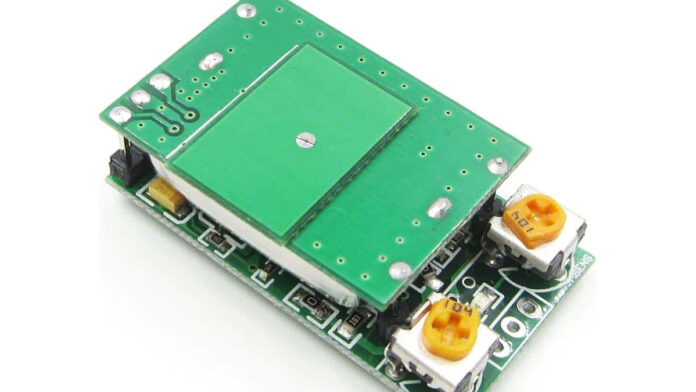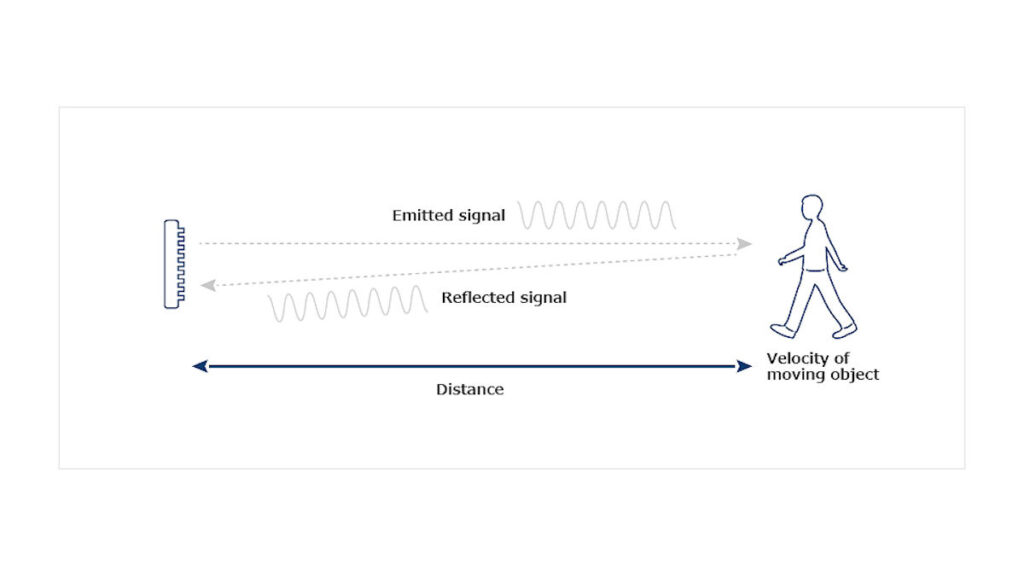Are Microwave Security Sensors Worth Retaining?
Are Microwave Security Sensors Worth Retaining Or Should We Replace Them With Dual Technology Sensors?
Microwave Security Sensors – We are working on a high security site that incorporates some old microwave sensors. Are there any circumstances in which you would argue these sensors might be worth retaining?
A: Microwave sensors can be ideal in some applications given they can penetrate thinner grades of glass, as well as passing through walls.
The capacity to detect movement on the other side of windows, walls without widespread metal components and through drop ceilings can be well worthwhile, depending on the application.
It’s worth noting that sensitivity can be adjusted with some microwave detectors, allowing them to detect movement outside thicker glass. Higher end models may have a ‘gating’ function, which allows them to be distance adjusted.
Reliable catch performance and resistance to false alarms depends on careful commissioning and control of the protected area over time, given alterations to environmental design or construction can increase signal attenuation and may significantly reduce sensitivity. Even light timber or plasterboard will introduce latency – walk testing is the only way to discover how much.
Some high-end microwaves using lower frequencies can get through brick and stone walls, fences, even layers of metal, especially aluminium, though it’s likely they achieve this performance using stronger signals, lower frequencies, highly sensitive amplification circuitry and selection of lower alarm thresholds.
When comes to internal and external applications, we’d suggest microwave security sensors – we’re not talking about microwave perimeter systems bear in mind – are a better internal option. External environments can be tough, even for dual technology sensors. Any object that’s moving towards or away can be tricky for a sensor with comparatively little discernment, especially when the object is nearby.
And any moisture in the air in the form of mist or rain is going to cause backscatter of the microwave signal with varying impact on performance, depending on sensor settings, the size of the detection area and ambient ‘noise’ conditions.
Are Microwave Security Sensors Worth Retaining?
Microwave Security Sensors – We like microwave for pushing though design space that includes plenty of glass that makes cabling difficult or unsightly. It also has solid performance when it comes to automated lighting and air conditioning, though once again, you need to be sure the signal is not propagating outside the managed space into the next office, or out onto a busy street.
Check who made the sensors, see if you can get a specification sheet, see if the sensors are still supported, and consider the detection role they were installed to play. If the security system has no paperwork, chat with the monitoring station and have them explain the naming schedule of relevant zones.
If these zones are enclosed spaces and there’s no clear reason for microwave to have been used, then it’s likely they were installed for reasons of price or the likes and dislikes of the original installer. If the protected space naming is blended – Office & Foyer, for example – it should be clear what the techs were attempting to achieve by pushing the detection area through the glass wall of an office and out into a foyer.
If the existing environment benefits from a microwave sensor’s capability, you might elect to keep sensors that are in good condition and that show robust catch performance during walk testing. You can read about Doppler sensing characteristics here or there’s more SEN news here.
“Are Microwave Security Sensors Worth Retaining Or Should We Replace Them With Dual Technology Sensors?”









